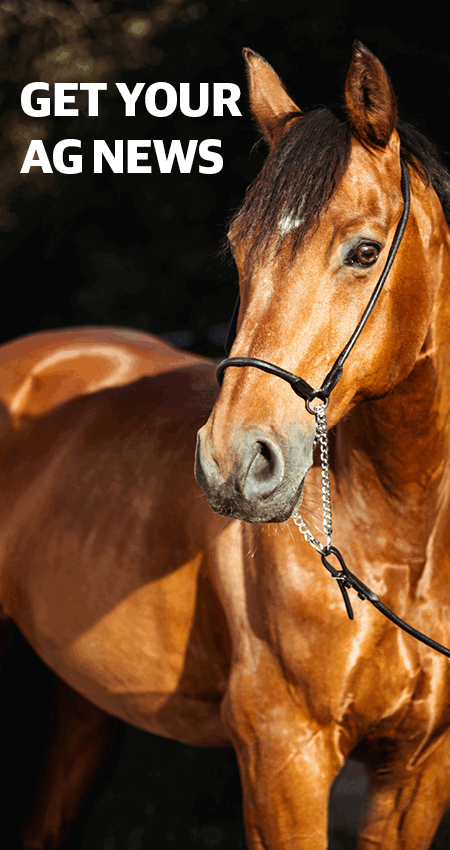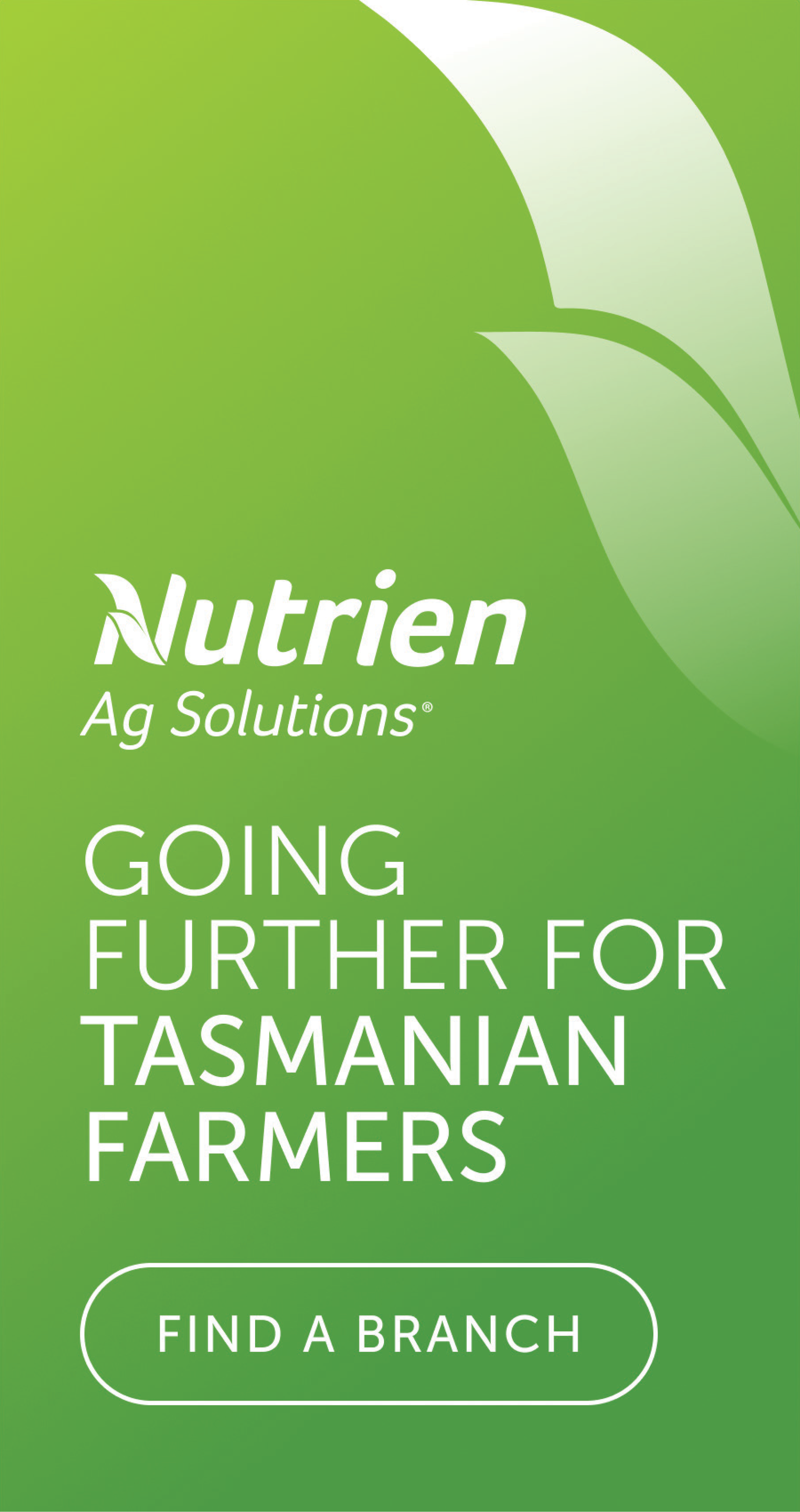Forward thinkers adding power to farm production mix
Peter Downie’s family has been farming in the Central Highlands for more than 150 years.
For the last three decades, the sixth-generation farmer has been seeking new ways to diversify his 24,000ha Dungrove property outside Bothwell.
“We’ve been woolgrowers for a long time, but wool crashed in the 1990s and hasn’t recovered since, so we’ve always had to be on the lookout for other enterprises to incorporate into the business,” Mr Downie said.
“We’ve been heavily involved in forestry and carbon after we set up a forestry carbon project company 20 years ago, selling carbon credits.”
Mr Downie has shifted his focus to renewable energy projects and is one of the proponents of a pair of significant developments on parts of his land.
The Weasel Solar Farm will occupy around 1000 acres of agricultural land, featuring six-foot-high solar panels that will allow sheep to continue grazing underneath.
Across the road, the Cellar Hills Wind Farm will feature up to 56 wind turbines spread across an 8460ha area.
Both projects have a combined capacity of 600 megawatts of wind and solar energy generation, with the same amount of battery storage.
Cellar Hills will connect an existing 220 kV transmission line on the Weasel site.
Mr Downie said he first realised the importance of renewable energy when he was invited to join a reference group advising a United Nations convention on climate change in Kyoto in 1997.
“I got an understanding of where things were heading in the world and that conformed with my views of the world.
“Whether you believe in climate change or not, the basic principles are that you don’t pollute, you don’t waste stuff and you work with nature – not against it.
“Unfortunately our economic system encourages you to do all three of those things in the short-term.
“We’ve always had a long-term view.”
Mr Downie’s first involvement in a renewable energy project was the Cattle Hill Wind Farm, which has been in operation since 2020.
“The main regret from that project was that we didn’t use any of the power locally,” Mr Downie said.
“There were local jobs in construction and maintenance, but the power just disappeared into the grid.
“This time around, we’d like to make sure that as much of the power gets used locally to set up new industries around Bothwell.”
Landowners within 12km of the Cellar Hills Wind Farm will receive a $1000 rebate each year for the lifetime of the project, which Mr Downie said would help share the benefits of the development with the rest of Bothwell.
“There are opportunities for regions of Australia that have been left behind under the old economic system.
“Lots of country towns are dying and going backwards, but renewable energy offers the opportunity to get ahead of the game again because we’ll be using power where it’s produced.
“It’s a shame if this district misses the opportunity to capitalise on the because we’ve got plenty of wood, open ground and electricity.”
Mr Downie said the Cellar Hills Wind Farm would be designed to have minimal environmental impacts.
“Being in control of the project, you can do all the work in figuring out where the best place is to locate the turbines for minimal visual and ecological disruption.
“It’s a more common-sense type of exercise which you can’t always do from a laptop in Sydney.”
When working on the Cattle Hill project, Mr Downie said that modelling suggested the turbines would kill five wedge-tailed eagles each year.
“Everyone said the solution would be to get the regulators to approve that you’re killing five eagles a year and I said ‘that’s not a solution, you’re only fiddling with words. ’”
After consulting with a friend who worked in the engineering department at Cambridge University, he discovered a wind farm in Wyoming that had started using eagle recognition technology in its turbines.
“It was like an insect eye that could see out into the sky for a couple of kilometres,” Mr Downie said.
“If it detected movement, there was a stereoscopic camera that could track, identify and learn the bird's flight.
“And if it were heading towards the turbine, it would automatically turn off.”
The turbine then produces air turbulence from the blades, which eagles cannot fly through.
Mr Downie said the technology was incorporated into Cattle Hill and had been successful.
“The only teething problem was the reduced visibility because the turbines were in a forest area, but as a system, it’s pretty damn robust.
“Cattle Hill was the first commercial application in the world of it, and now that it’s had five years of improvements, version two is even better.”
The Central Highlands Council approved the development application for the Weasel Solar Farm at its July meeting and construction is set to begin next year.
Mr Downie said he expected Cellar Hills Wind Farm to be online a few years after Weasel, but that project still had several more approvals to obtain.
“It was interesting with Cattle Hill because we got that ready to build and approached Hydro and different super funds, but no one was interested.
“Then all of a sudden we had a drought, Basslink broke down, the Great Lake ran dry, the price of power rose and the cost of renewable energy credits went through the roof.
“All of a sudden, everyone was looking for a wind farm to build.
“It’s quite a cyclical business to be in.”
Is bigger better?
With around a dozen solar and wind farm projects in Tasmania in the pipeline, the head of the state’s peak energy advocacy body believes that having fewer larger-scale developments on rural land is a much more effective way to achieve sufficient power generation.
Tasmanian Minerals, Manufacturing and Energy Council (TMEC) CEO Ray Mostogl said agricultural land was ideal for the state’s renewable energy generation sites because traditional power stations require less real estate than solar and wind farms.
“A single turbine in a coal-fired power station can generate 600MW, which is around half of Tasmania’s consumption, whereas what we need here is six large wind farms to get anywhere near that,” Mr Mostogl said.
“Wind and solar only generate for certain periods of time, so you need five times the amount of megawatts being generated to equal what you were getting with the old fossil fuels.
“It’s not a one-for-one swap anymore.”
Solar farms in Tasmania generate power between 20 and 25 per cent of the time, with Mr Mostogl saying that renewable projects were still vital for the state’s energy needs.
“We’re already constrained right now because places like Boyer Mill in the Derwent Valley can’t get enough energy at the right price.
“If Tasmania wants to see a steady conversion of vehicles from petrol to electric, we need more electricity to be able to build more charging stations – we don’t have enough.
“Just for our natural aspirations as the population grows, we need more electricity.”
Industrials switching from gas and fossil fuels to clean energy sources also require electricity during the conversion process.
“There’s a whole lot of drivers for needing more electricity in Tasmania, let alone new industries coming along,” Mr Mostogl said.
“We’ve got data centres as well as speculative projects such as the HIF eFuel plant in Burnie and the methanol plant in Bell Bay.
“They will all need more energy.”
Mr Mostogl said it was TMEC’s view that there needed to be more collaboration in Tasmania between renewable energy proponents.
“The state’s been corralled down a certain pathway where we’ve got multiple, relatively small wind and solar farm developers that are picking out their little bits of land to develop projects on.
“TMEC is arguing that we need to do a reset where we are setting up two or three very large-scale wind farms that are closely located to existing transmission routes, so that you don’t have to take up all the agricultural land and affect as many communities.
“It would be a lot more strategic to have a different perspective in mind about trying to get the lowest cost energy, because the larger the scale of the wind farm, the more the economics improve.”
Mr Mostogl said this approach could also result in a greater social licence for renewable projects.
“Yes, the communities that are surrounded by large-scale wind farms will feel aggrieved.
“But if there are three communities feeling aggrieved compared to 10, then you’re reducing friction in the community and reducing the loss of productive agricultural land.”
TMEC wants wind and solar farm proponents to join together and identify a few locations for large renewable energy projects.
“Even if they have to form a consortium because it’s too big for any one of them, that’s fine,” Mr Mostogl said.
“We’d rather that rather than the piecemeal approach we have going on at the moment.”
Sunny days ahead
Tasmania already has a well-established wind farm industry, but solar energy is still emerging in the state.
There are five wind farms in operation across the state: Huxley Hill on King Island, Cattle Hill in the Central Plateau, Granville Harbour on the West Coast, Musselroe at Cape Portland and Woolnorth at Circular Head.
Other proposed wind farms include St Patricks Plains, Cellars Hill, Robbins Island, Jim’s Plain and North East Wind.
The only operational solar farm in Tasmania is at Bell Bay, which was completed in 2023.
Connorville Farm at Cressy is on track to become the second one in the state - and unlike the development at Bell Bay - it will feed power into the state’s energy grid.
In May, the George Town Council approved another solar farm that is anticipated to cover more than 450ha of agricultural land and generate enough electricity for 100,000 households.
The $500 million Connorville development, officially named the Northern Midlands Solar Farm, will have the state’s fourth-largest energy generation capacity at 288MW and is on track to be completed by 2027.
Landowner Roderic O’Connor said his property, which has traditionally been used for sheep grazing, was ideal for a solar farm.
“Really, it’s the only type of land that can be used,” Mr O’Connor said.
“Where else can solar panels go apart from rooftops?
“But if you’re doing a large-scale commercial project, it’s all going to be on rural or regional land.”
The panels at Connorville will be constructed to allow sheep to graze underneath, similar to what is being proposed at the Weasel Plains Solar Farm in the Central Highlands.
Mr O’Connor said the development would occur on lesser-value agricultural land at the farm.
“There are very few areas in Tasmania that are actually suitable to put large-scale projects on.
“Most land is either high-value agricultural ground, already has too much infrastructure, is too urban or too visible.”
With no other large-scale solar farms in operation, Mr O’Connor said Tasmania needed projects like his to generate enough power for the state.
“We can produce quite good solar, particularly in summer, because we have such long days.
“We could have put wind turbines here but there are already enough wind projects in the state.”
The recently formed renewable energy company TasRex will develop the project at Connorville and maintain it once it's operational.
“They’ve got huge things they’ve got to do in relation to biosecurity, conservation, weed management and grazing.
“It’s perfectly suited for wool and sheep graze, which suits us down to a tee.”
The Northern Midlands Solar Farm is expected to be capable of generating enough electricity to power up to 70,000 homes.




Add new comment